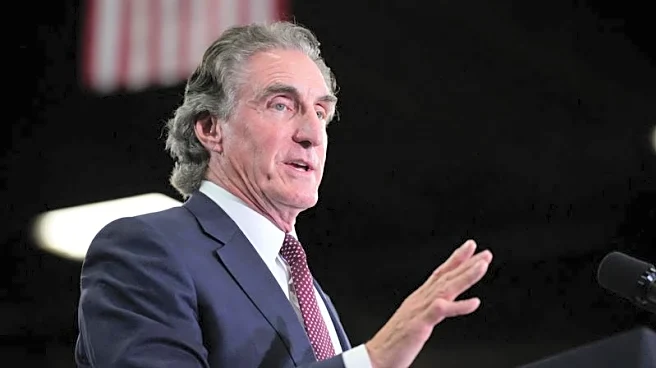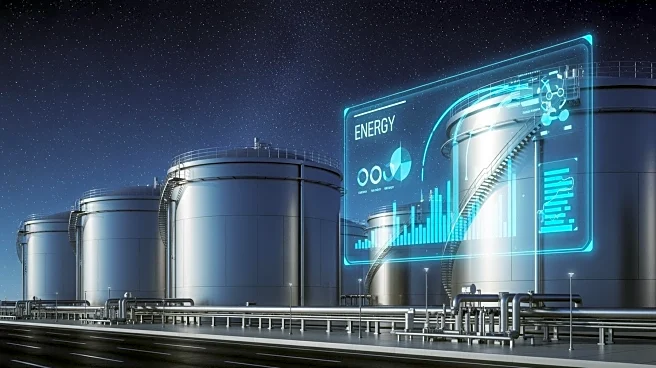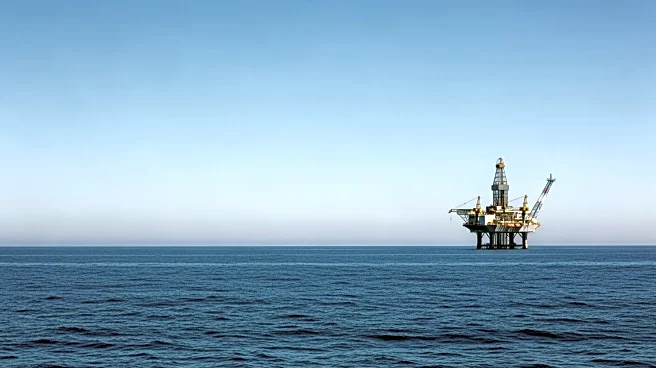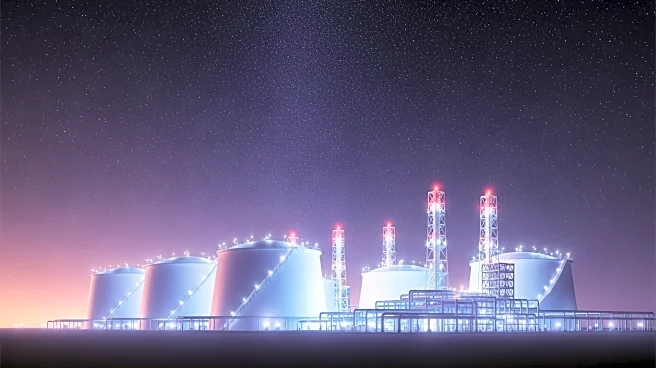What's Happening?
The proposed 800-mile gas pipeline in Alaska, supported by President Trump, is expected to complete a key engineering and cost study by the end of the year. Interior Secretary Doug Burgum announced the anticipated
release of the Front-End Engineering and Design (FEED) study in December, which is crucial for the project's advancement. The pipeline aims to transport gas from Alaska's far north to the Gulf of Alaska, a project that has gained momentum under Trump's administration, which is keen on boosting U.S. fossil fuel development. The pipeline is a joint venture between Glenfarne and the Alaska Gasline Development Corporation, with Australian engineering firm Worley preparing the FEED study.
Why It's Important?
The completion of the FEED study is a significant milestone for the Alaska LNG pipeline project, potentially attracting interest and investment. The project aligns with Trump's energy policy to enhance U.S. fossil fuel production, which could have substantial economic benefits for Alaska and the broader U.S. energy sector. Successful implementation could lead to increased energy exports, strengthening the U.S. position in global energy markets. However, environmental concerns and regulatory hurdles may pose challenges, impacting the project's timeline and feasibility.
What's Next?
Following the completion of the FEED study, stakeholders will likely assess the project's viability and potential environmental impacts. The study's findings could influence investment decisions and regulatory approvals. Political leaders and environmental groups may react to the study's outcomes, potentially affecting the project's progression. The project's future will depend on balancing economic benefits with environmental considerations, and further developments are expected as stakeholders review the study.
Beyond the Headlines
The Alaska LNG pipeline project highlights the ongoing debate between economic development and environmental protection. The project's advancement could set a precedent for future energy infrastructure projects in the U.S., influencing policy decisions and public opinion on fossil fuel development. Long-term implications may include shifts in energy policy and increased scrutiny on environmental impacts, shaping the future of U.S. energy strategy.












